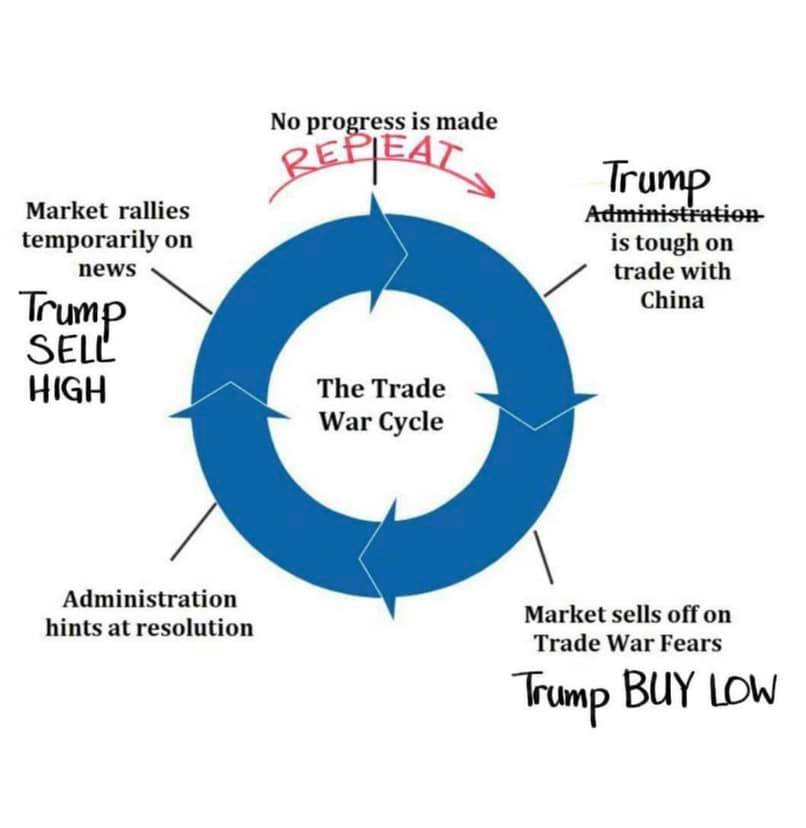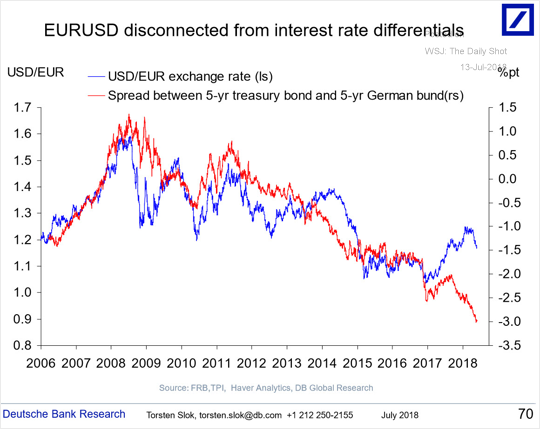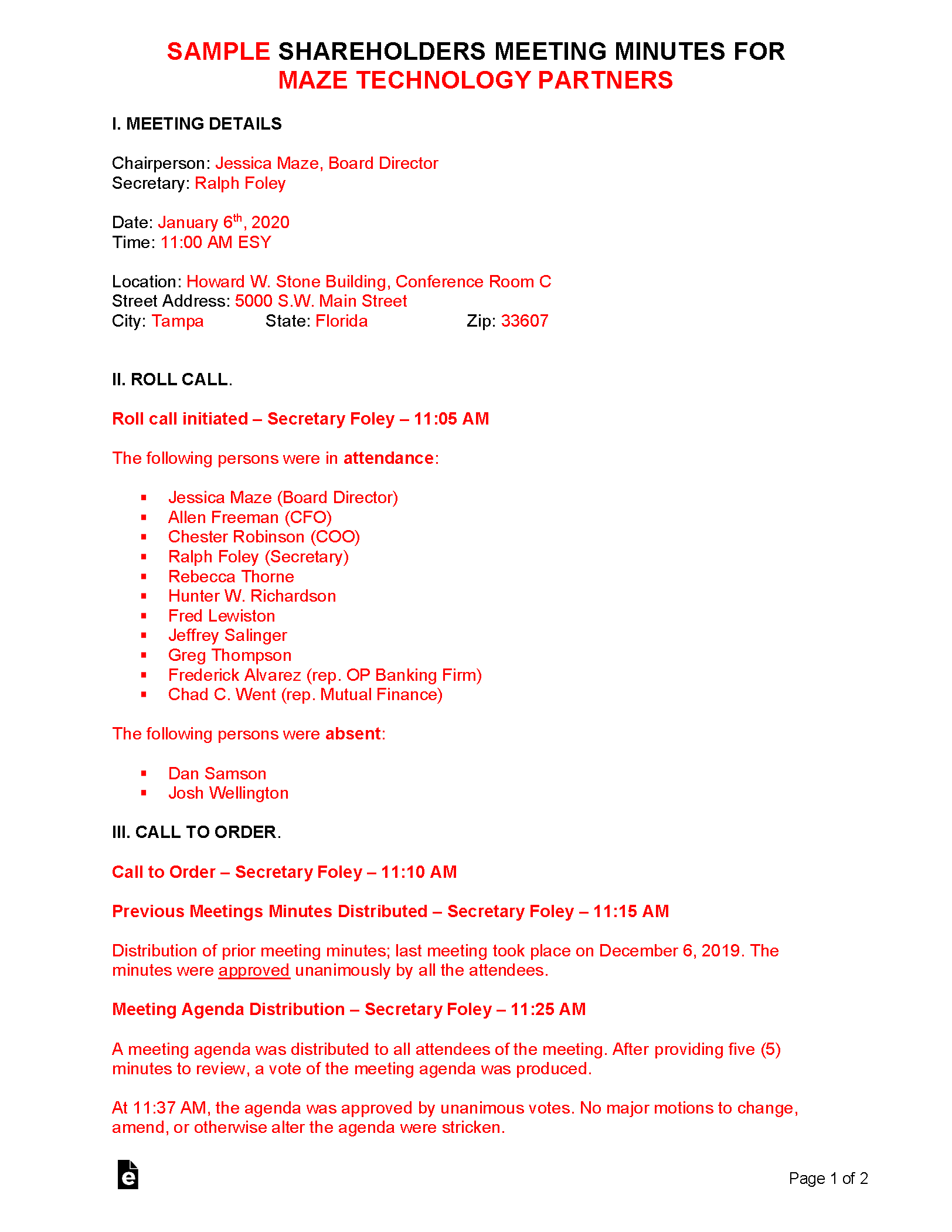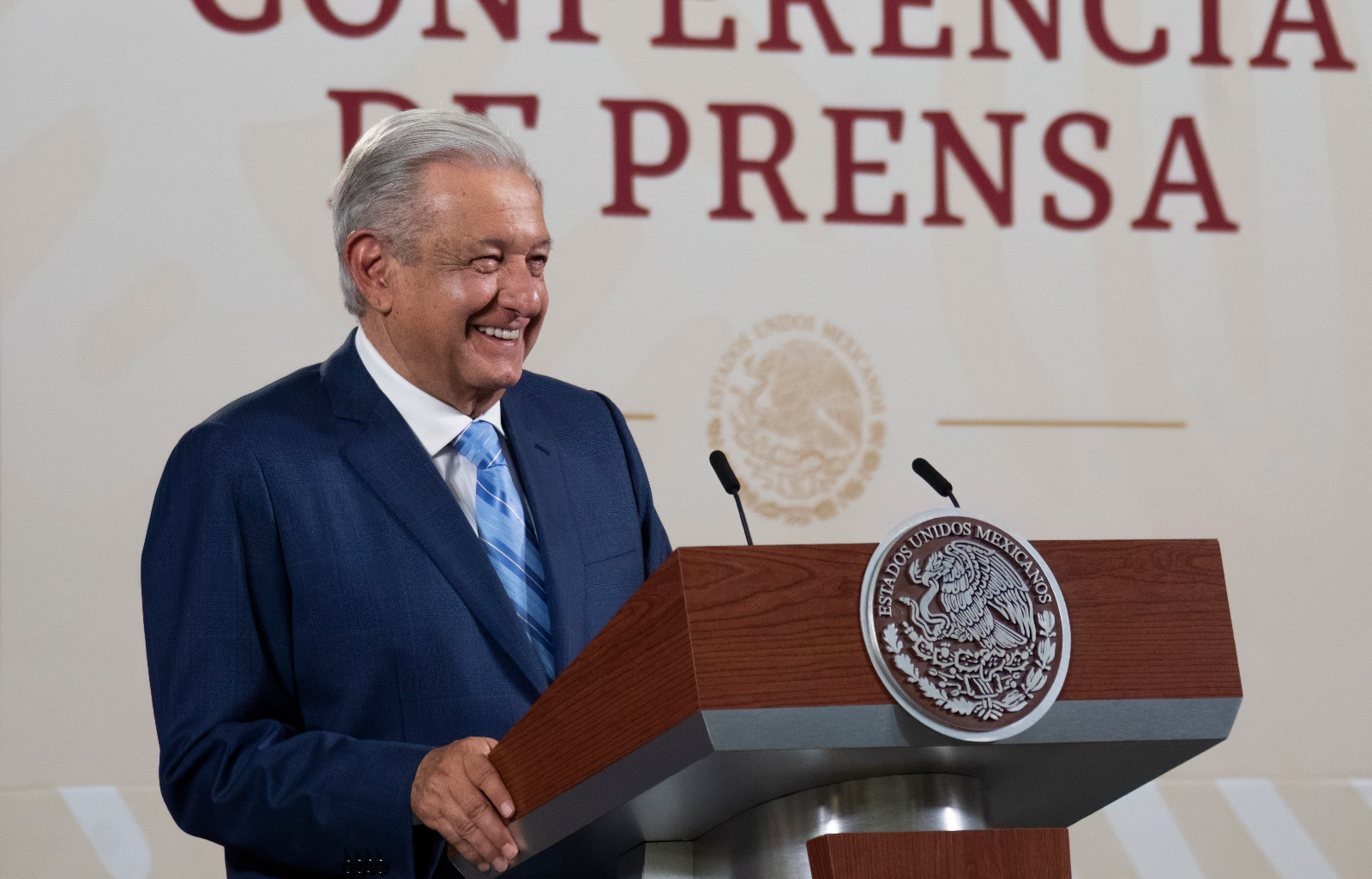Trump's Trade War With Europe: Understanding The Reasons Behind His Outrage

Table of Contents
The Perceived Trade Deficit with Europe
A central pillar of Trump's trade strategy was a fierce focus on bilateral trade balances. He consistently framed large trade deficits as inherently negative, equating them with unfair trade practices that needed immediate rectification. This viewpoint, however, oversimplifies the complexities of global trade.
Trump's Focus on Bilateral Trade Balances
- Criticism of the US-EU Trade Deficit: Trump frequently criticized the substantial US trade deficit with the European Union, publicly declaring it to be unacceptable.
- Rhetoric on "Unfair" Trade Practices: His rhetoric emphasized the need for "reciprocal" trade, implying that the US was being exploited and needed to retaliate against perceived unfair European trade practices.
- Economic Fallacy of Bilateral Trade Focus: Economists widely point out that focusing solely on bilateral trade balances ignores the interconnected nature of global trade. A deficit with one country doesn't automatically signify exploitation, as it can be offset by surpluses with other trading partners. This nuanced perspective was largely absent from the Trump administration's approach.
Specific European Industries Targeted
Trump's administration levied tariffs on several key European industries, further escalating the trade war.
- Steel and Aluminum Tariffs: Tariffs on steel and aluminum imports from the EU were justified on national security grounds (discussed further below). These tariffs led to significant disruptions in the supply chain and increased prices for both US and European businesses.
- Automobile Tariffs (Threatened): The Trump administration also threatened tariffs on automobiles imported from Europe, a move that would have had even more significant economic consequences. While these tariffs were not ultimately implemented to the same extent as those on steel and aluminum, the threat itself significantly impacted investor confidence and market stability.
- Retaliatory Tariffs from the EU: The EU responded to the US tariffs with its own retaliatory tariffs, leading to a tit-for-tat escalation that harmed businesses on both sides of the Atlantic. This back-and-forth highlighted the limitations of using protectionist measures to resolve trade disputes.
Allegations of Unfair Trade Practices by the EU
Beyond the trade deficit, the Trump administration frequently accused the EU of engaging in unfair trade practices.
Subsidies and Trade Barriers
- Examples of Cited Unfair Practices: The Trump administration pointed to various European agricultural subsidies and regulatory barriers as examples of unfair competition, hindering the ability of American businesses to compete effectively in the European market. Specific instances often lacked concrete evidence of material harm to American industries.
- Validity of Claims: The validity of these claims was fiercely debated. The EU argued that many of its policies were compliant with WTO rules and aimed at legitimate objectives, such as supporting farmers and protecting consumers.
- WTO's Limited Role: The World Trade Organization (WTO), the international body responsible for resolving trade disputes, played a limited role in resolving these issues, highlighting the challenges of enforcing international trade rules in a politically charged environment.
Intellectual Property Rights Concerns
The Trump administration also expressed significant concerns about intellectual property (IP) theft and inadequate protection in Europe.
- Specific Examples: The administration cited examples of alleged IP violations, claiming that European companies were unfairly benefiting from the use of American technology without proper compensation or licensing agreements. However, providing specific, well-documented instances proved difficult.
- Economic Implications of IP Theft: Intellectual property theft represents a significant economic loss for innovative companies, potentially hindering further research and development. This concern contributed to the overall tension surrounding the trade relationship.
- International Legal Frameworks: International agreements and treaties exist to protect intellectual property rights. However, enforcement remains a complex and ongoing challenge, requiring international cooperation and effective legal mechanisms.
National Security Arguments
A key justification for the tariffs was invoking national security concerns, specifically under Section 232 of the Trade Expansion Act of 1962.
Section 232 of the Trade Expansion Act of 1962
- Legal Basis for Tariffs: The Trump administration used Section 232 to justify tariffs on steel and aluminum, arguing that these industries were vital for national security and needed protection from foreign competition.
- Controversy Surrounding Section 232: The use of national security as a justification for trade protectionism is highly controversial, as it circumvents normal WTO dispute resolution processes. Critics argued that this approach was a thinly veiled attempt to protect domestic industries rather than address genuine national security threats.
- Long-Term Implications: The invocation of Section 232 has broader geopolitical implications, potentially leading to retaliatory measures from other countries and undermining the international rules-based trading system.
Strategic Importance of Industries
The focus on certain industries like steel and auto manufacturing reflected the administration's view of their strategic importance to the US economy.
- Rationale for Protection: The argument was that these industries were essential for national security and employment, justifying government intervention to safeguard their viability.
- Debate Around Protectionism vs. Globalization: This approach sparked a renewed debate about the balance between protecting domestic industries and embracing the benefits of globalization. Critics argued that protectionist measures ultimately harm consumers and stifle innovation.
Conclusion
Trump's trade war with Europe stemmed from a confluence of factors: a perceived trade imbalance, allegations of unfair trade practices by the EU, and the invocation of national security concerns to justify protectionist measures. Understanding the complexities of this conflict requires considering economic principles, international trade law, and geopolitical strategies. Different perspectives exist on the validity of Trump's claims and the effectiveness of his approach. However, it's clear that the impact of these policies extended far beyond bilateral trade relations, significantly influencing global economic dynamics. Further research into the lasting effects of Trump's trade war with Europe is essential for understanding future trade negotiations and avoiding similar conflicts. Continue learning about the complexities of international trade relations and the impact of protectionist policies.

Featured Posts
-
 Zal De Snelle Marktdraai Van Europese Aandelen Ten Opzichte Van Wall Street Aanhouden
May 25, 2025
Zal De Snelle Marktdraai Van Europese Aandelen Ten Opzichte Van Wall Street Aanhouden
May 25, 2025 -
 Tracking The Net Asset Value Of The Amundi Dow Jones Industrial Average Ucits Etf
May 25, 2025
Tracking The Net Asset Value Of The Amundi Dow Jones Industrial Average Ucits Etf
May 25, 2025 -
 Philips 2025 Annual General Meeting Of Shareholders Agenda Update
May 25, 2025
Philips 2025 Annual General Meeting Of Shareholders Agenda Update
May 25, 2025 -
 Kyle Walker Partying Mystery Women And The Annie Kilner Update
May 25, 2025
Kyle Walker Partying Mystery Women And The Annie Kilner Update
May 25, 2025 -
 Glastonbury 2025 Announced Lineup Sparks Outrage
May 25, 2025
Glastonbury 2025 Announced Lineup Sparks Outrage
May 25, 2025
Latest Posts
-
 La Finca Roc Agel Historia Y Detalles De La Residencia De Charlene Wittstock
May 25, 2025
La Finca Roc Agel Historia Y Detalles De La Residencia De Charlene Wittstock
May 25, 2025 -
 Florentino Perez El Impacto De Su Presidencia En El Real Madrid
May 25, 2025
Florentino Perez El Impacto De Su Presidencia En El Real Madrid
May 25, 2025 -
 Roc Agel El Refugio De Charlene En La Propiedad Grimaldi
May 25, 2025
Roc Agel El Refugio De Charlene En La Propiedad Grimaldi
May 25, 2025 -
 Real Madrid Bajo La Direccion De Florentino Perez Exitos Y Desafios
May 25, 2025
Real Madrid Bajo La Direccion De Florentino Perez Exitos Y Desafios
May 25, 2025 -
 Barcelona Atletico Madrid Maci Canli Izleme Anlik Skorlar Ve Analizler
May 25, 2025
Barcelona Atletico Madrid Maci Canli Izleme Anlik Skorlar Ve Analizler
May 25, 2025
